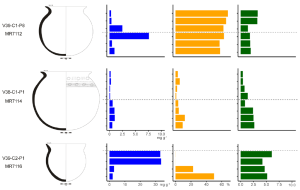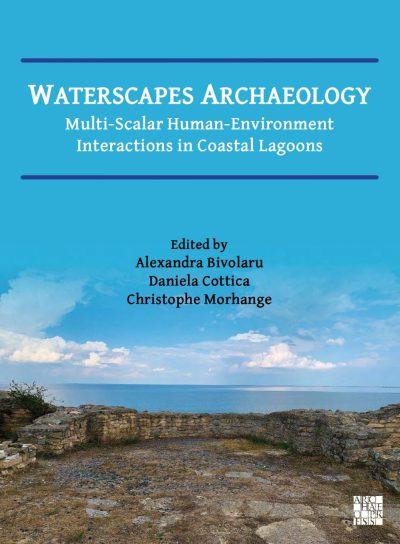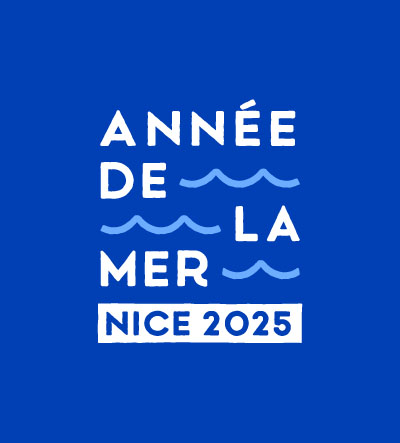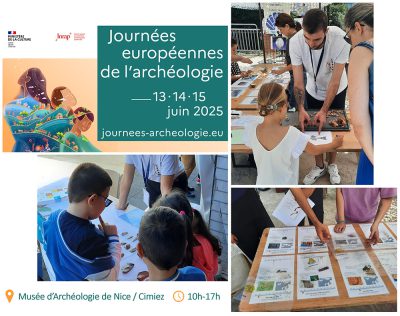Article : https://doi.org/10.1007/s10816-021-09547-1
Abstract
Investigating the organic content of archaeological pottery has largely focused on identifying food commodities, but their use and mode of processing still need to be thoroughly investigated. The present study aims to explore the diversity of organic residue absorption patterns, over a wider range of functions than previously studied by experimentation, by analysing ceramics still in use today. A field survey in Bedik Country, Senegal, where the use of pottery is still alive, was conducted to document the uses of ceramics and to interview potters and users of the vessels. As a preliminary study, nine ceramics whose use was recorded were investigated through 59 samples for their absorbed molecular profiles, lipid concentrations, and the preservation of triglycerides and C18 unsaturated fatty acids. The interpretations were first carried out as a blind test and then compared with the actual use. Lipid concentrations and molecular profiles indicated a diversity of contents, and the comparison of samples taken along the vertical transects of the vessels resulted in pottery function hypotheses that were broadly aligned with the actual uses. Cooking pots for fat-rich products were successfully identified, but the various documented patterns showed that lipid accumulation in ceramics is more complex than expected. Although caution is required to adopt this approach for archaeological pots, the vessel for fermenting plant products has been identified. Last, this work pointed out that ceramics can be used for a wider range of purposes than those usually considered for archaeological pottery, such as steaming or cooking non-food products.





